by @el4bz
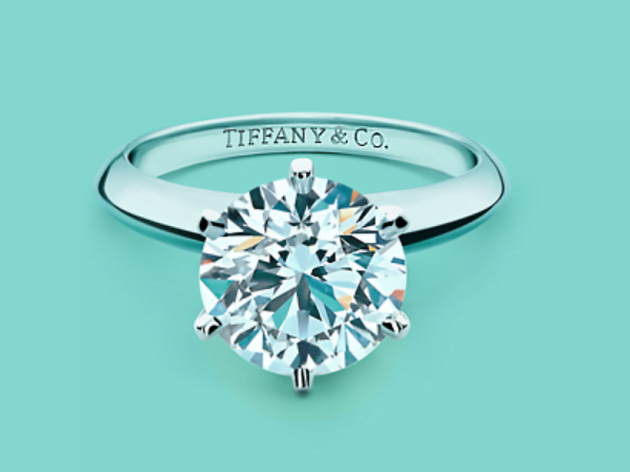
Photo: Tiffany and Co
The struggle is real as luxury brands try and adapt their strategies to the rapidly changing times characterized by emergence of new market segments like the millennials, evolving tastes and differing priorities. Change is the only thing that remains constant and companies that don’t keep up with the times face the risk of fading into oblivion.
One of the most iconic jewelry brands, Tiffany and Co. is no stranger to financial challenges. The last few years have been especially tough on the luxury brand with dwindling sales, change of leadership and the pressing need to re-invent themselves. Same store sales declined quarter after quarter between 2015 and second quarter of 2017, ranging from -9% (Q4 2015) to -2% (Q2 2017) worldwide except for Japan. Dwindling sales were attributed to a decline in consumer and tourist spending. In 2017, Tiffany and Co. also saw a shake up in its leadership. CEO, Frederic Cumenal was let go of in the face of disappointing financial performance of the company. A few weeks prior to the leadership change, the company had lost its top jewelry designer. Weak holiday sales further added to the woes of the jewelry giant in 2016 that carried through most of 2017.

Photo: Tiffany and Co, flagship NYC
So, is Tiffany and Co. ready to throw in the towel? Don’t write off the iconic brand just yet even though their financial woes are far from over. For the first time in several quarters, there is a ray of hope in the form of comparable sales increasing in November and December 2017 by 3% as compared to a decline of 1% same time in 2016. Sales across all regions also seemed to be sturdy as did the sales from different categories such as fashion, high-end jewelry, and new home and accessories.
Along with the shimmer of hope comes the need for caution. New CEO Alessandro Bogliolo faces the uphill task of new product innovations and growing the e-commerce business that accounts for only 6% of Tiffany and Co.’s revenue. In addition, differing needs of a new generation of customers have to be catered to. Millennials are emerging as a generation to reckon with that no brand can afford to neglect or not try and appeal to. They place emphasis on experiential encounters rather than materialism. They may prefer their marketing message to be delivered through digital channels but they still value in store interactions to build their relationship with a brand.
As consumer tastes and spending changes, Tiffany and Co. faces the challenges of adapting its strategies to current times. We would love to know as a consumer, where do you stand on the future of the jewelry giant? Do you think it’s on the path of recovery or is this just the lull before the storm?
Read Related Articles:
Louis Vuitton, Hermès, and Gucci Among Top Global Brands of 2017
Saving to Splurge
Big Spenders: Americans Buy the Most Expensive Bags
What Were The Top Luxury Brands For Q2?Luxury in the Age of Millennials
Read More Articles from @el4bz:
The Hermès Constance Face Off : C18 or C24?
When Your Hermès Sales Associate Leaves
10 Tips to Help You Establish an Enduring Relationship with Hermès

Updated: February 26th, 2018



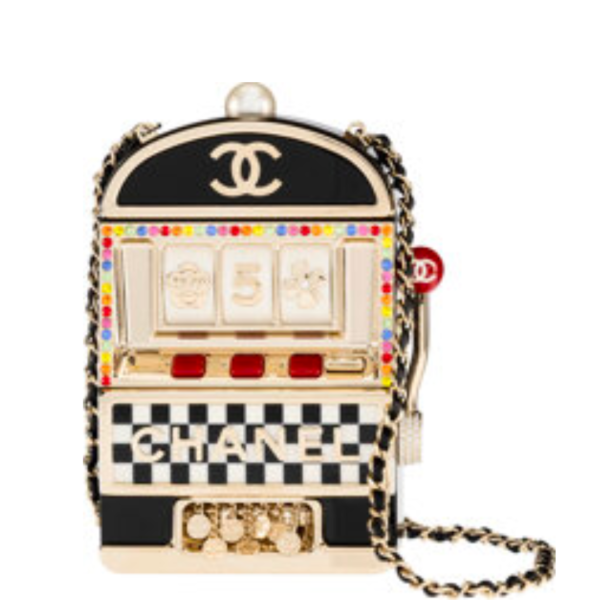
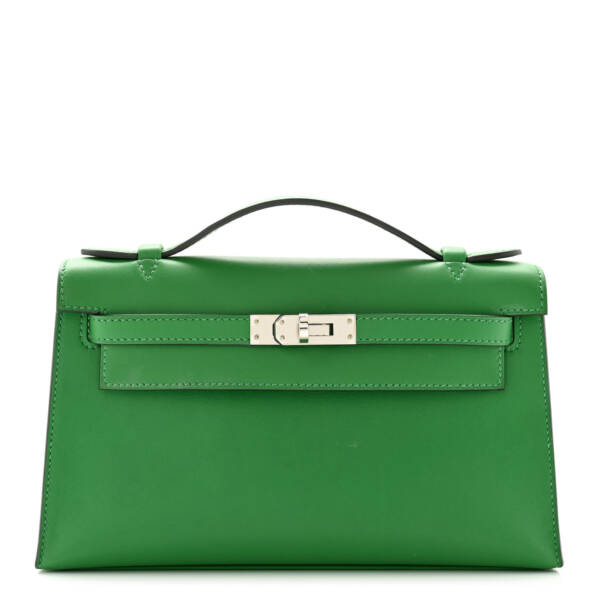
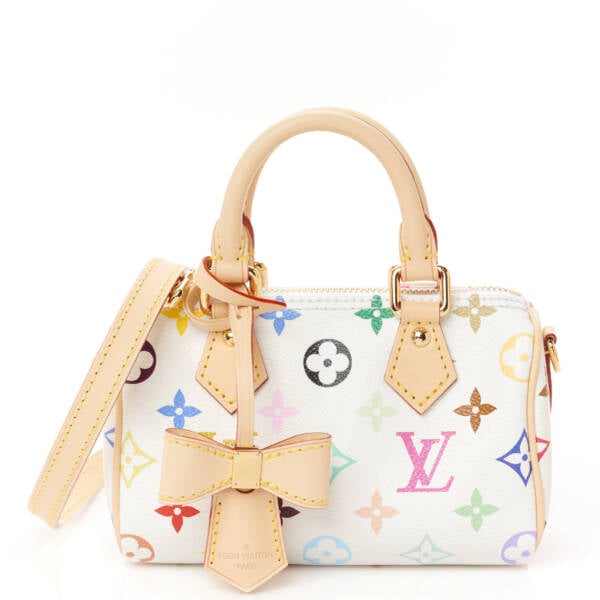
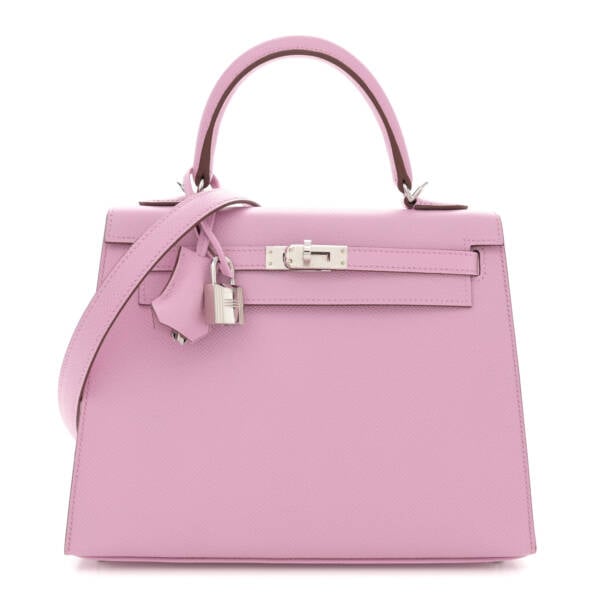
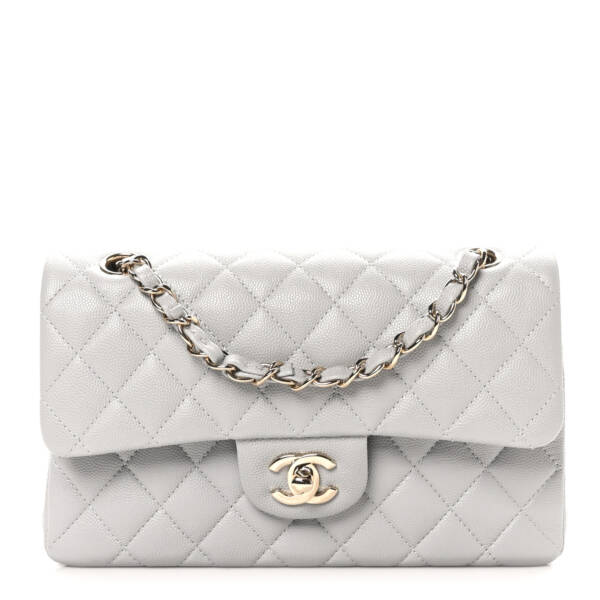

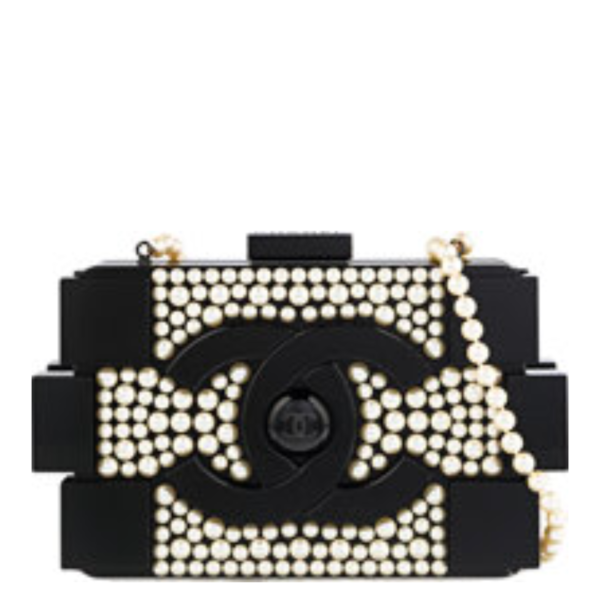
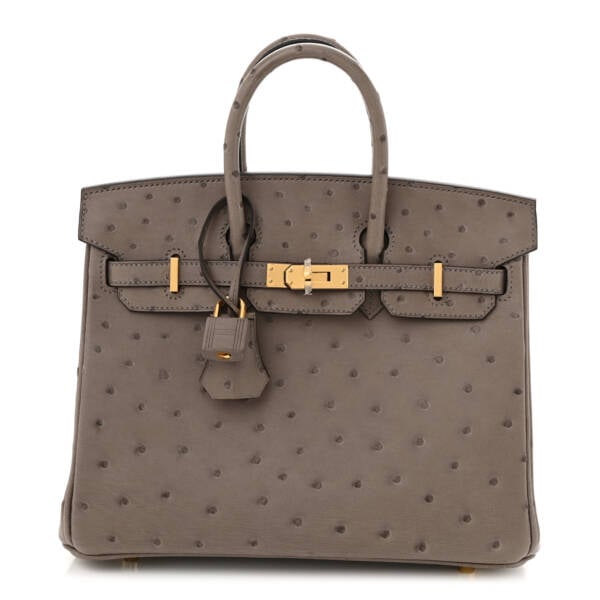
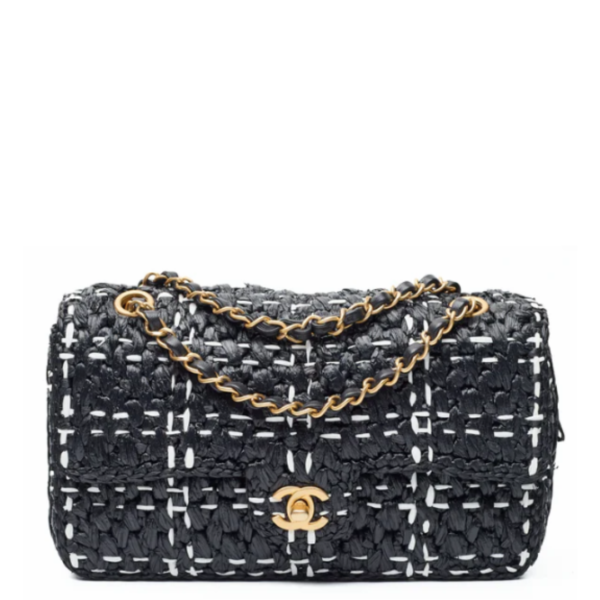
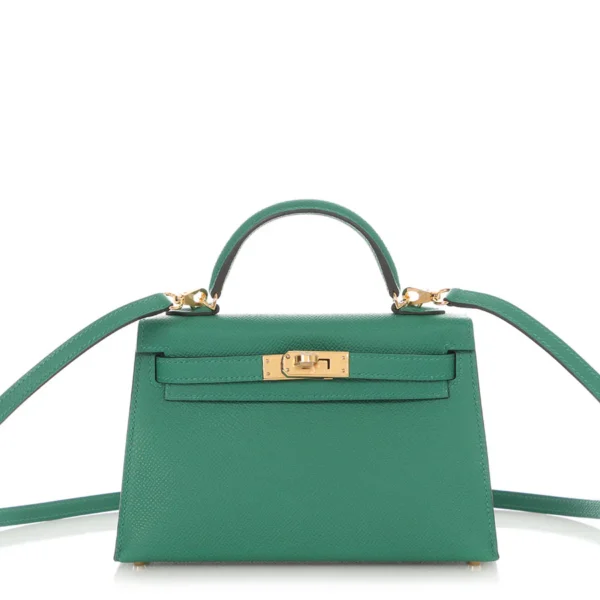
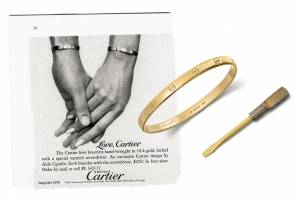
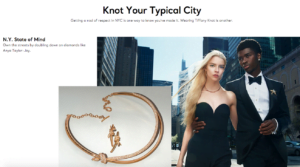

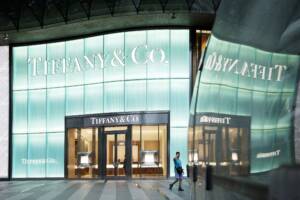

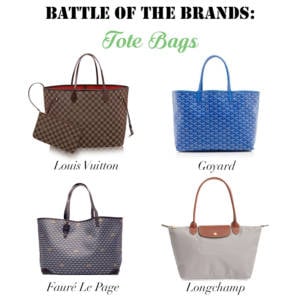



Comments